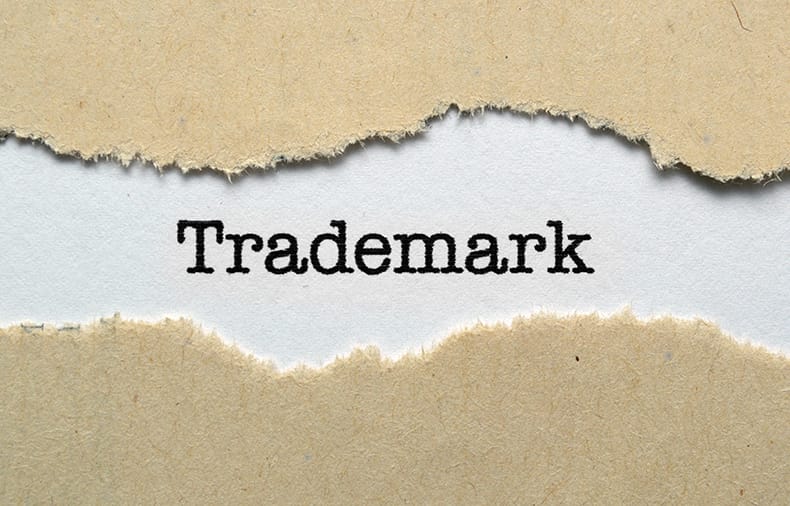
For small business, it’s critical to know how to register a trademark, protect it and avoid infringing on established ones. Trademark lawsuits can be time-consuming and costly — amounting to hundreds of thousands of dollars in legal fees.
A trademark is a name, logo, tagline, colors that identify a product or service of a given party. Some famous examples: Facebook’s name, McDonald’s golden arches, Nike’s “swoosh” logo, Subway’s “eat fresh” tagline or UPS’s brown paper shipping color.
How does Trademark Law protect Small Business and Entrepreneurs?
Businesses should protect their trademark and brand by registering the mark, the goods and services produced under that mark and the URLs and appropriate usernames for their trademarks and brands so that others don’t.
Owners of registered trademarks can take legal action against anybody who uses or attempts to profit — even in subtle ways — from their trademarks without permission.
Although federal registration of a mark is not mandatory, it has several advantages, including :
- notice to the public of the registrant’s claim of ownership of the mark
- legal presumption of ownership nationwide, and
- exclusive right to use the mark on or in connection with the goods/services listed in the registration.
Many businesses consult with an Intellectual Property attorney before investing money and resources into developing a brand. An IP attorney can conduct a comprehensive trademark search to be sure that the trademark is not already registered and is knowledgeable in the nuances of the federal trademark application process.
Once a mark has been registered, there must be a plan to monitor the mark, review other trademark applications, and a plan to enforce a trademark, especially if others are infringing the mark. It’s your obligation (not the US Patent & Trademark Offices) to protect your mark.
How should a business track and monitor social media sites for trademark infringement/brand issues?
Businesses work hard to establish a unique identity that resonates with consumers and adds value to the company’s portfolio of goods and services. Social media and networking tools have become more sophisticated and more prevalent, thus, the trademark, legal and brand reputation challenges that they present have also increased.
An effective social media monitoring program tracks two things: third-party infringement of usernames and trademark or content misuse within actual social media posts, including infringement, unauthorized sales, offensive or disparaging mentions and so on.
Monitoring typically involves conducting regular searches on social media websites, competitor websites or via search engines such as Google or Bing for infringement or misuse. It’s especially important that companies be vigilant to ensure that third parties are not securing the company’s brand as a username and appearing to present themselves as the company or as being associated with the company.
Aggressively fight any appearance of brand infringement. First, the business owner should capture evidence of the instance of infringement by either saving a screen capture or printing the particular webpage. Next, review the IP policy on the specific social media website and determine whether the owner can issue a takedown notification through either a formal letter or an online form directly on the social media website. Facebook, for instance, has two forms of action available to aggrieved parties: an automated IP infringement form and a Digital Millennium Copyright Act notice of copyright infringement.
A well-defined, recognized and respected business brand is a substantial asset for any business and requires investment of time and energy to protect the business. This means developing a strong trademark and actively monitoring your environment. Take immediate action if you discover someone infringing upon your trademark. n








